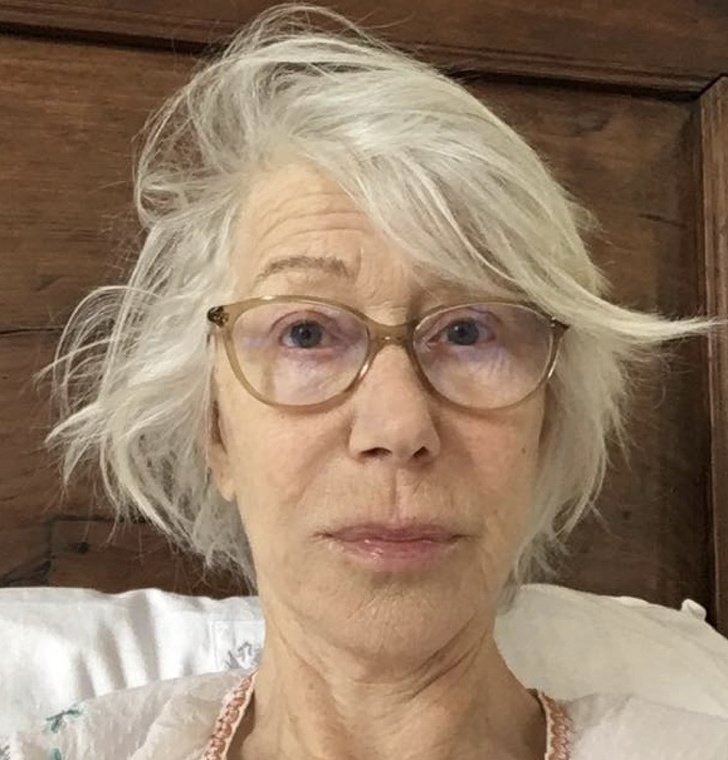

The end result is exoticised and almost unidentifiable version of one's virtual image.ĭyer notes this tendency of white people to take on some characteristics of “dark people” (only favourable characteristics as tanned skin) does not make whites lose prestige and their position, but “on the contrary, … it displays white people's right to be various, literally to incorporate into themselves features of other peoples.” (White 49) - while only white's adaptation of other race's features is acceptable.įurthermore, the instability of white is precisely where its power lies.
#PERFECT FACE FILTER SKIN#
Essentially what these “perfect face” filters do is that they (often) make your skin colour darker, nose thinner and eyes and lips bigger with perfected shape.︎ Many of those “perfect face” filters predominantly favour white users (especially women) and help them achieve a look of “rootless exoticism” - as Tolentino observes and calls this look “ a cyborgian Instagram face”. Some of the filters allow users to change their hair colour or choose the level of eye makeup, but all of them alter the skin tone (hue) and some, if not all, face features like nose, eyes and lips. The degree of facial alterations those filters perform varies. I have tested all of them and identified the filter's main and shared characteristics (took a nap afterwards ︎). It is important to note that the number of Instagram filters called “Perfect Face” is close to fifty and variable.

To illustrate those points further, I will be analysing them through the “Perfect face” Instagram filter(s). Instagram's domination by Western ideals is yet another “tendency towards a homogenisation of world culture, in the continued dominance of US news dissemination.” as Dyer argued (White 3). As Dyer also notes: “Racial imagery is central to the organisation of the modern world” (White 1) - … and all of the modern world's layers - online and offline. This invisibility of white only supports and reproduces the notion of white being “human, not raced” (Dyer, White 3) and therefore universal. “Perfect face” filters additionally make the fundamental hegemony invisible - never addressing those beauty standards as white. While promoting this “universally” achievable perfection, those filters further promote racial dynamics on which those idealised beauty standards stand.

The name of those (“perfect”) face filters itself already promote the idea of ideal beauty standards and makes them feel achievable - with the use of the effect. Here, the major problem lies in the fact that the race with the highest representation - white, dominates those virtual realms and Instagram. “Race is never not a factor” (Dyer, White 1).įurthermore, as Instagram is a visual platform, it provides a space for the reproduction of racial dynamics: “Looking and being looked at reproduce racial power relations” (Dyer, White 44). And as any hegemonic practice, it also includes racial power dynamics. Notably, beauty trends are inevitable key representation points of an era, but what makes current trends more destructive is the new layer and platform they are being practised and performed on. Selfies of celebrities or influencers that embody contemporary beauty ideals tend to receive the most attention and validation. In current times, social media is a catalyst for popular culture. The ability to virtually connect also allowed more exposure and co-influence from different cultures and trends. ︎ĭue to globalisation and the widespread availability of front cameras on mobile phones, selfies have become a global and universal phenomenon. Selfies also serve us as virtual avatars, crafted embodiments of ourselves that stand in online spaces as soldiers defending and representing our position and status. ︎ This version of self is firmly a result of social and culture-dependent concepts that affect selfie composition.Ĭommunicating emotions is not the only purpose selfies have.

This type of self-portraits penetrated our daily lives with the rise of the internet and social media - platforms that ultimately provided space for sharing and interacting.īroadly, we can interpret the act of taking and posting a selfie publicly as an attempt to project a curated image of oneself. Moreover, selfies are symbolic (virtual) and narrated representations of one's self. In simple words, a selfie is one's self-portrait, mostly taken on the smartphone. To provide better analysis and reveal hidden power dynamics of “Perfect face” filters, one must first understand the foundations to which those filters are applied - selfies.


 0 kommentar(er)
0 kommentar(er)
